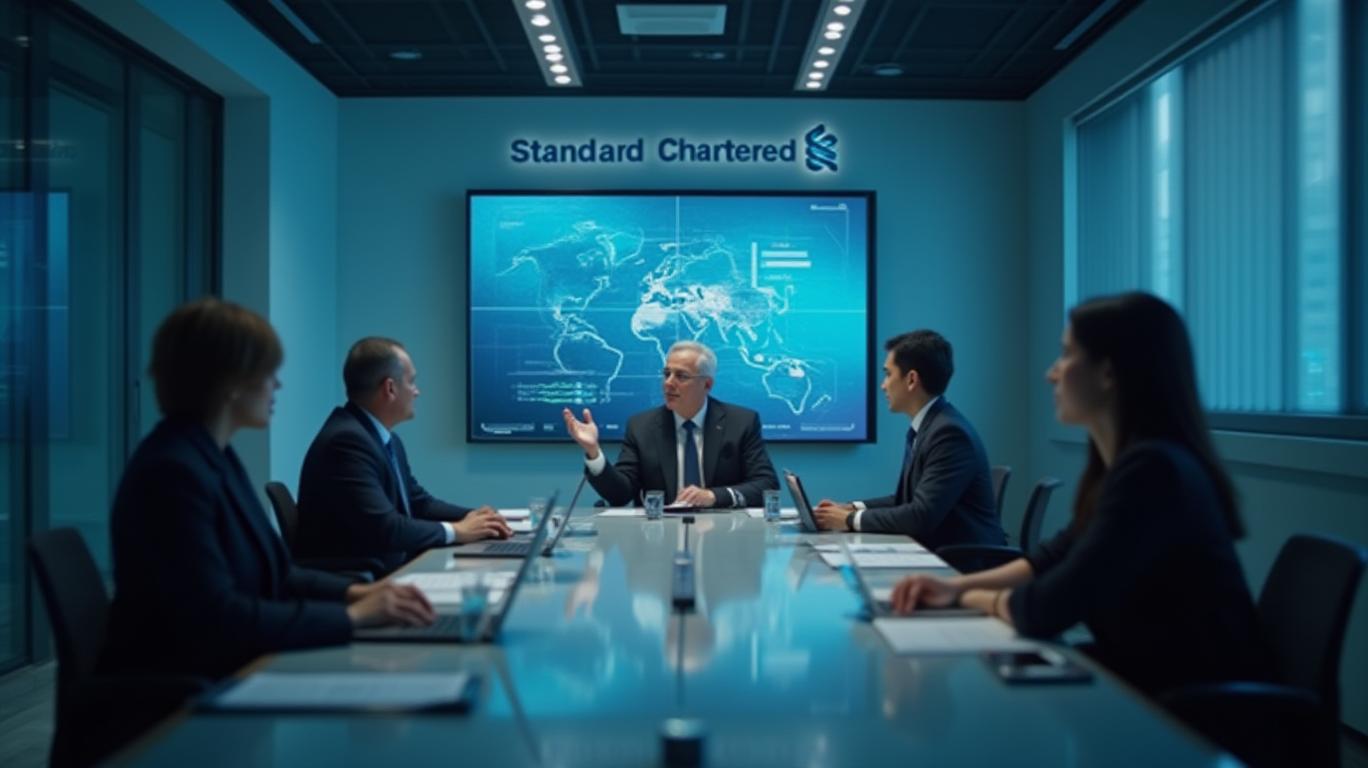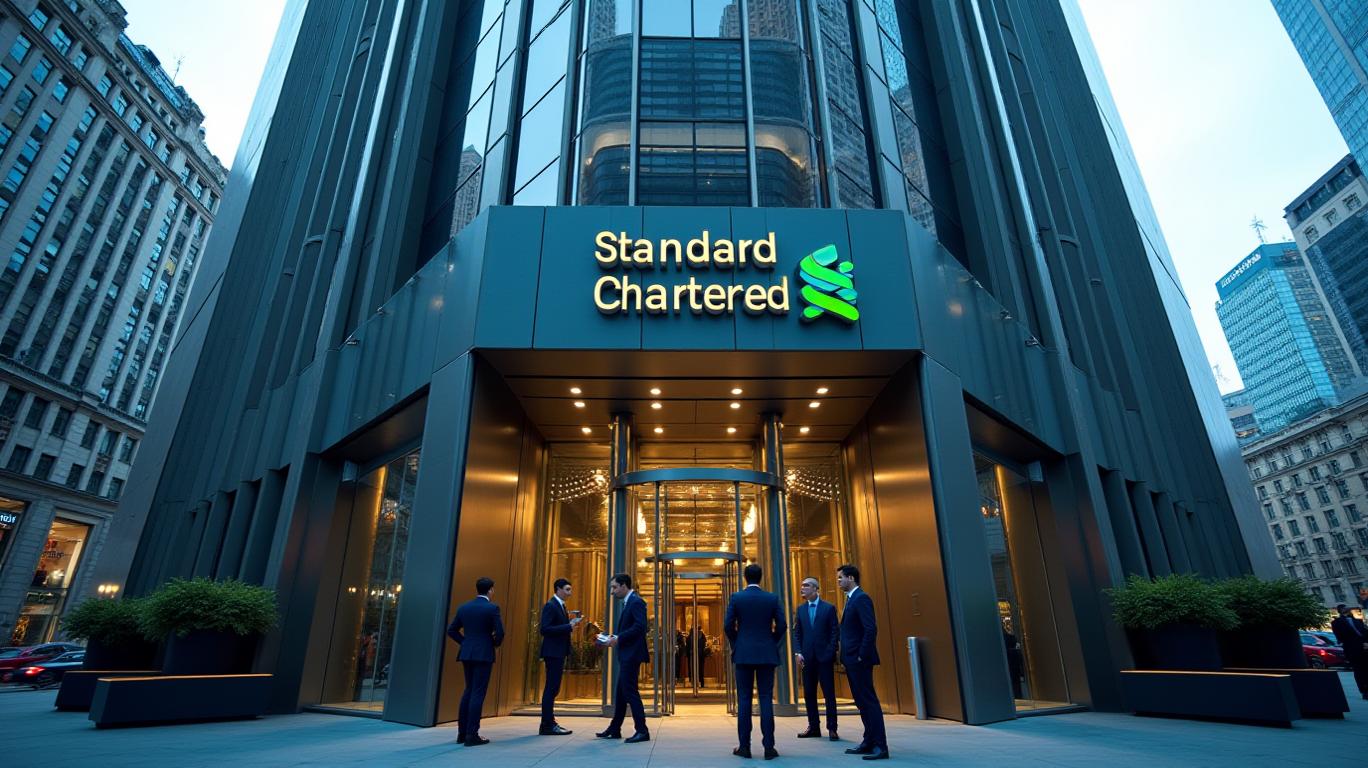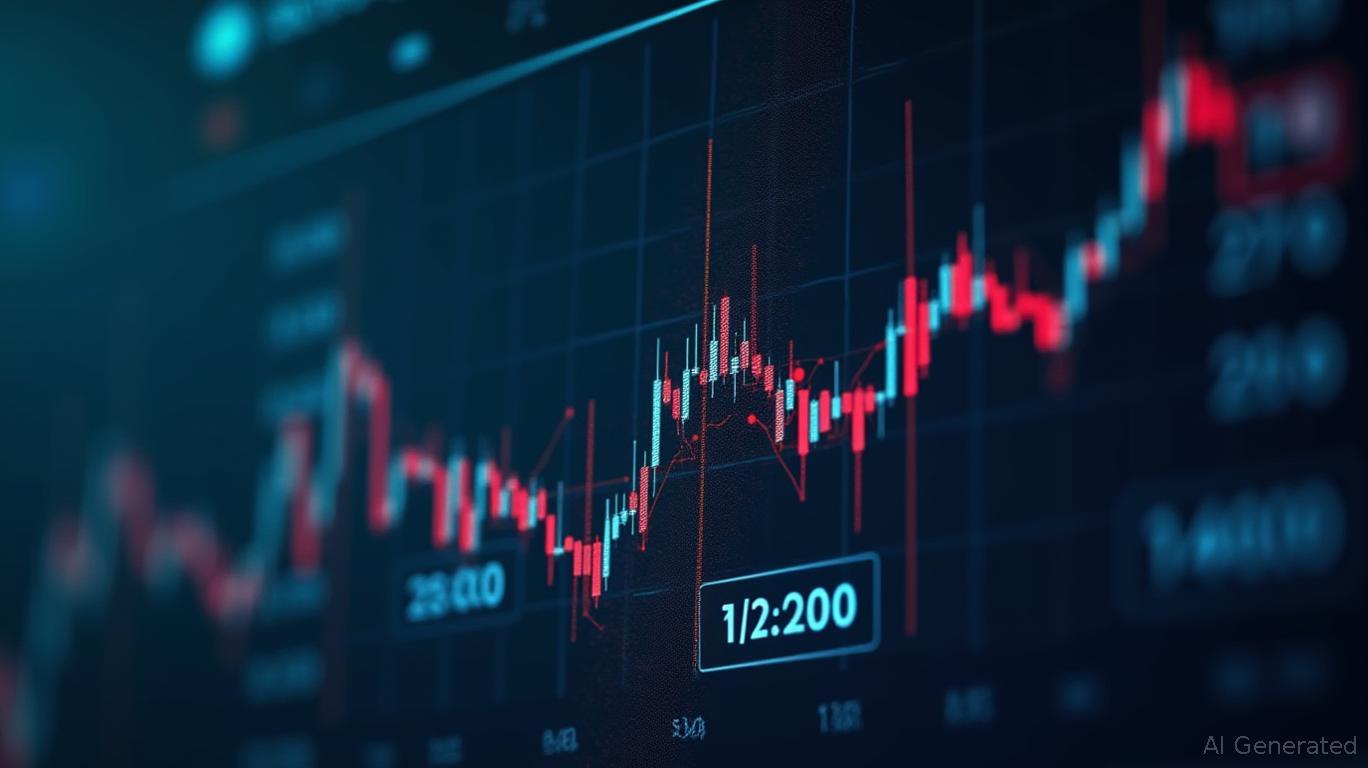Standard Chartered's Strategic Share Buyback: A Move to Boost Shareholder Value?
The banking sector has long been a battleground for capital allocation strategies, and Standard Chartered (STAN:LN) has recently added to its playbook. On April 30, 2025, the bank announced the repurchase of 1.2 million shares at a total cost of £13.2 million, or roughly £11 per share, according to a filing with the Hong Kong Exchanges and Clearing (HKEX). This move, while modest in scale, raises critical questions: Is Standard Chartered signaling confidence in its stock? Or is it a tactical response to market conditions? Let’s unpack the numbers and context.

The Numbers Under the Microscope
First, the arithmetic: At £11 per share, the buyback represents a 0.1% reduction in the bank’s outstanding shares, assuming a total float of approximately 1.2 billion shares (based on recent estimates). While this is a small dent, the £13.2 million outlay aligns with Standard Chartered’s broader capital management priorities.
But how does this compare to the market price? On April 30, Standard Chartered’s shares closed at £10.76 (1,076 pence), according to historical price data. This suggests the bank paid a 2.2% premium to the closing price, potentially reflecting execution at higher intraday prices or fees. The volume traded that day—over 10 million shares—hints at active market participation, possibly driven by the buyback itself.
The Strategic Rationale
Buybacks typically serve two purposes: signaling undervaluation or returning capital to shareholders when growth opportunities are limited. For Standard Chartered, which operates in high-growth markets like Asia and Africa, the former may hold more weight. The bank’s shares have underperformed regional peers over the past year, down 12% compared to a 6% rise in the MSCI Asia Financials Index.
However, the valuation context complicates the picture. At a forward P/E of 8.5x, Standard Chartered trades at a 30% discount to its five-year average, suggesting some value. Yet its dividend yield of 5.2% already provides ample income, raising the question: Why prioritize buybacks over boosting dividends?
Risks and Considerations
Critics might argue this move is cosmetic given the small scale. A £13.2 million allocation pales against the bank’s £15.4 billion market cap, and it’s dwarfed by its £7.2 billion in tier 1 capital (as of Q1 2025). Still, the decision reflects management’s belief that shares are undervalued—a stance supported by the premium paid.
Yet risks lurk. Standard Chartered’s exposure to emerging markets leaves it vulnerable to geopolitical volatility and currency fluctuations. Meanwhile, its £1.2 billion net profit in 2024, down 14% from 2023, underscores the challenges of sustaining growth.
The Bottom Line
Standard Charater’s buyback, while modest, is a tactical nudge toward shareholder confidence. The 2.2% premium paid hints at management’s belief in the stock’s worth, but investors should demand more than symbolism. Key metrics to watch include:
- Valuation multiples: A P/E of 8.5x is cheap, but only if earnings stabilize.
- Dividend sustainability: A 5.2% yield is enticing, but the payout ratio must remain manageable.
- Geopolitical risks: Exposure to Asia and Africa requires vigilance on regional stability.
In conclusion, this buyback is a cautious step forward for Standard Chartered. While it doesn’t single-handedly justify a buy rating, it reinforces a narrative of value in a sector that’s ripe for consolidation. Investors should pair this move with scrutiny of the bank’s core earnings trajectory and capital discipline before committing capital.
Data sources: HKEX filing, historical price data (with caveats), and company financial reports.

_0e1fe4dd1749774841146_643349c61749775382406.jpg)








